What Do You Mean?
In the mid-1940s, Claude Shannon, the American mathematician and Bell Labs scientist, discovered what biologists and physicists had known for nearly 100 years prior: it’s easier to transfer information when you strip away its meaning.
Shannon’s Information Theory ushered in the computer era by redefining messaging as a physical order, rather than some ethereal, weightless concept. Most of us would have a hard time describing what information or messaging is other than “you will know it when you hear it or see it.” But Shannon could.
By thinking of information in physical terms, Claude Shannon realized that messages could be processed more efficiently, stored in minuscule spaces, and transferred at rapid speeds. That insight is what makes reading these words on your phone or desktop computer possible. Every image, game, video, and app on your digital devices has been reduced to a binary code made up of nothing more than 1s and 0s. Just bits of information that can be assembled and disassembled at several billion instructions per second.
Shannon’s theory became the standard framework underlying all modern-day communication systems. But not because of any technical or engineering achievement. His greatest contribution was in changing minds about what information actually is and what can clutter it up and bog it down. In order to reduce messages to their smallest, most basic units, information has to be separated from meaning.
Humans attach meaning to what we see, read, hear, or experience by adding descriptors, actions, and intentions as if they were intrinsic attributes. We describe the sky as celestial blue, certain trees as mighty oaks, gravity as an attractive force, and quantum particles as collapsed wave functions. These representations may add a poetic spice to our portrait of the universe, but for Shannon, Newton, Einstein, and others, they simply mucked up the works. The less complicated way of understanding the world is to view it as a math problem.
In the 8o years since Information Theory was first introduced, scores of programmers and technologists have embraced its philosophy and focused almost exclusively on spreading information faster while taking up less space. The data stored on devices you hold in your hand today wouldn’t fit into a roomful of Claude Shannon’s mainframe computers and can be transmitted in a fraction of the time. But true to Information Theory, that has only been possible by cutting out more and more meaning from the messages we send. What we have gained in speed and efficiency has often resulted in a loss of clarity and understanding as the meaning of the message is peeled away or left vague and open for interpretation.
I struggle with this all the time, not only because I tend to overthink everything and look for meaning when there sometimes is none. But because I often forget that the digital language we speak these days was built for rapid transmission and not for any depth of expression. It leaves me confused.
I never know what a thumbs-up emoji, a heart, or even a connection really means. I realize that it is an easy and fast way to communicate something, But I’m always left wondering what that something actually is.
When someone follows me should I follow them back? Or is the relationship purely one-directional where they are hoping I will share some useful information every now and then but have no intention of inviting me into their private and personal world?
Is liking a post a gesture to me or to the content that I make public? Or both? And what about views? Have they now replaced emojis and emoticons as the new measure of engagement? Even if no one adds a comment, answers a poll, or replies to a story, tweet, or post, should the fact that they took the time to view it tell me something about their interest, or is it all just noise? Claude Shannon’s dream of fast, meaningless transmission of information has become my nightmare.
My hope is that as we continue to speed up our world we don’t leave too much of its meaning behind.
Summary
“The Lost Meaning in the Age of Information: Understanding the Trade-off Between Speed and Clarity”
This article explores the implications of Claude Shannon’s Information Theory, which revolutionized communication by prioritizing speed and efficiency over meaning. While this approach has enabled rapid data transmission and compact storage, it has also led to a loss of clarity in modern communication. The article argues that as we continue to streamline our messages, we must be mindful of preserving their meaning to ensure effective communication. It highlights the challenges of navigating digital interactions where the true intent behind messages is often unclear, urging a balance between speed and depth in our communication practices.
“Claude Shannon’s Information Theory revolutionized the way we transmit and store data, enabling the rapid, efficient communication systems we rely on today. However, the speed and efficiency gained have come at a cost—meaning. In a world where messages are stripped down to their most basic forms, often devoid of context or nuance, we risk losing the depth of understanding that makes communication truly effective. As we continue to prioritize speed and brevity, it’s crucial to remember that meaning is what gives our messages value. Without it, we risk turning communication into nothing more than noise. The challenge now is to find a balance that allows us to communicate quickly without sacrificing clarity and understanding.”
Keywords: Information Theory, Claude Shannon, communication efficiency, loss of meaning, digital communication, clarity in messaging, modern communication challenges, balancing speed and meaning, context, misunderstanding.
